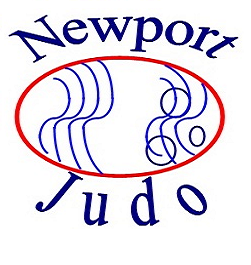Adapting Judo Techniques for Older Practitioners
As age brings wisdom, it often also brings physical limitations. Many older practitioners of Judo face challenges due to injuries or reduced mobility. However, with proper adaptations, they can continue to enjoy the art and practice of Judo at a high level. Mark Gilston, a 4th-degree black belt in Judo and a black belt in Brazilian Jiu-Jitsu shares valuable insights on adapting Judo techniques for older practitioners.
 |
| Stand Tall: Respect and Affect For More Information OR Book A Class |
Understanding the Need for Adaptations
Practicing Judo can be demanding on the body, especially for older athletes. Physical limitations may make traditional techniques difficult or impossible. To enjoy Judo and remain competitive, practitioners must learn how to modify their skills. Gilston emphasizes that adapting techniques ensures safety and fosters continued participation in the sport. This is critical for physical health and personal enjoyment as well.
Key Techniques for Older Practitioners
Among the fundamental techniques that can be adapted, Gilston highlights several key throws:
- Hip Throw: This classic throw is fundamental in Judo. By altering the weight distribution and body mechanics, older practitioners can perform the hip throw without excessive strain.
- Harai Goshi: This sweeping throw effectively uses hip rotation. Practitioners can execute it more safely by focusing on balance and control, which reduces the risk of injury.
- Tai o Toshi: This throw emphasizes timing and balance. Gilston advises that older practitioners should practice this technique at a controlled pace to ensure safety.
- Sacrifice Throws: Although more demanding, sacrifice throws can be modified for safety. Elevating the focus on technique allows practitioners to use their opponents’ momentum effectively.
Building Confidence and Skills
As older Judo practitioners adapt techniques, they build confidence in their abilities. Practitioners can engage in drills that emphasize these adapted techniques while participating in classes that encourage inclusion. Gilston advocates for practice sessions that promote safety and enjoyment, prioritizing both effectiveness and fun.
Continuing the Journey
Judo offers numerous benefits, including physical fitness, mental focus, and social interaction. By adapting Judo techniques for older practitioners, individuals can maintain their skills and stay active in their training. Continued practice not only keeps them fit but also helps enrich their lives through community and shared experiences in the dojo.
Embracing adaptations in Judo allows older athletes to enjoy this martial art for years to come. By focusing on techniques that respect their physical abilities, older practitioners can remain engaged, motivated, and connected to the Judo community. Effective adaptations are key to sustaining a lifelong journey in this beautiful sport. Book A Class at Newport Judo (Australia)
 Random thought on Life, Judo Olympics, Judo Self Defense, The Art or Judo Kata, Judo An International Sport. Things that inspire or annoy me or things that I just had to write down.
Random thought on Life, Judo Olympics, Judo Self Defense, The Art or Judo Kata, Judo An International Sport. Things that inspire or annoy me or things that I just had to write down.

No comments:
Post a Comment